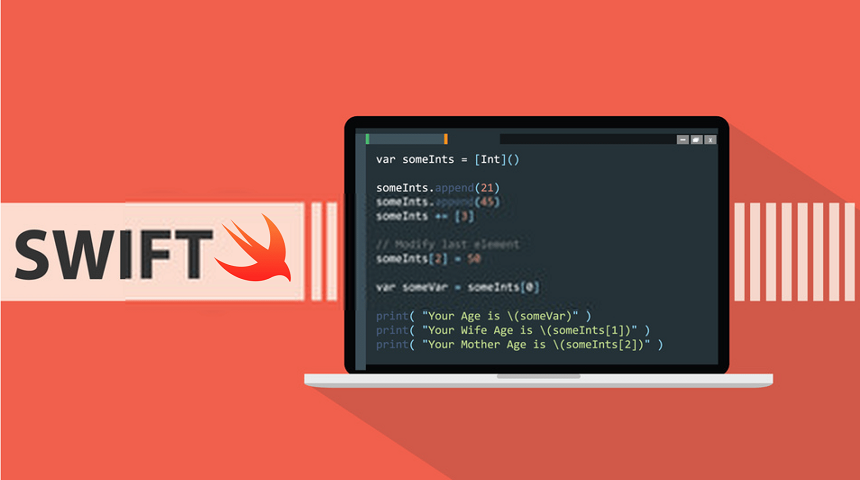
Free eBooks for Beginners
SWIFT is a programming language that is used to create software and applications for Apple’s platforms, such as iOS and macOS. If you’re new to programming, learning SWIFT can be a great place to start because it is easy to understand and use. In this article, we’ll take a closer look at one of the most important concepts in SWIFT: numbers.
Numbers are a type of data that can be used to represent quantities or values. In SWIFT, there are two main types of numbers: integers and floating-point numbers. Integers are whole numbers, meaning they don’t have any decimal places. Examples of integers include -2, 0, and 10. Floating-point numbers, on the other hand, have decimal places. Examples of floating-point numbers include -2.0, 0.5, and 10.3.
When working with numbers in SWIFT, you can perform a variety of operations, such as addition, subtraction, multiplication, and division. For example, you can use the + operator to add two numbers together, the – operator to subtract one number from another, the * operator to multiply two numbers, and the / operator to divide one number by another.
In addition to performing basic arithmetic operations, you can also perform more complex operations in SWIFT, such as finding the absolute value of a number, rounding a number to a specific decimal place, and converting a number from one type to another. For example, you can use the abs() function to find the absolute value of a number, the round() function to round a floating-point number to a specific number of decimal places, and the Int() function to convert a floating-point number to an integer.
It’s also important to keep in mind that in SWIFT, you can use numbers in a variety of different ways. For example, you can use numbers to represent the positions of items in an array, to keep track of scores in a game, or to specify the number of times a loop should run.
In conclusion, numbers are an important part of SWIFT programming and a good place for beginners to start. By understanding the basic types of numbers and how to perform operations on them, you can quickly build up your knowledge and start creating your own applications with SWIFT.
Cookbook – SWIFT for Beginners – Chapter 03 : Numbers
 Loading...
Loading...
Disclaimer: The information and code presented within this recipe/tutorial is only for educational and coaching purposes for beginners and developers. Anyone can practice and apply the recipe/tutorial presented here, but the reader is taking full responsibility for his/her actions. The author (content curator) of this recipe (code / program) has made every effort to ensure the accuracy of the information was correct at time of publication. The author (content curator) does not assume and hereby disclaims any liability to any party for any loss, damage, or disruption caused by errors or omissions, whether such errors or omissions result from accident, negligence, or any other cause. The information presented here could also be found in public knowledge domains.